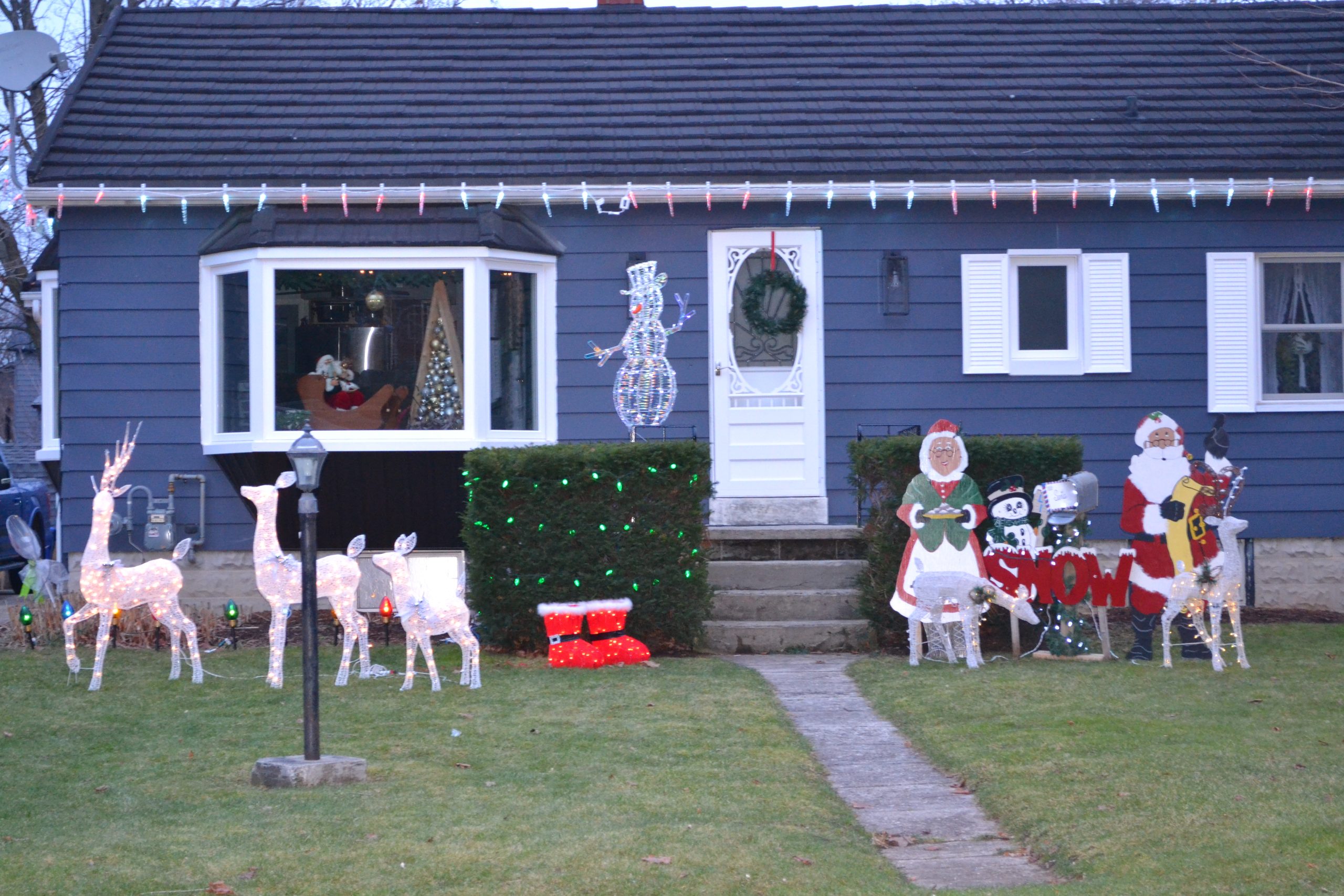After Halloween, when the spooky decorations are down, taking their place is always grandiose displays of beautiful lights. Why is it that these festive lights are so important to people that homes are decorated by mid-November? What is it about Christmas lights make the holidays more special and cheerier?
Lights are a big part of our culture, when you think about it. Going from creating the first flame to now stringing homes with wires of lights, it’s interesting to look at the history of why humans find lights so perfect to celebrate with. Lights have cultural roots in many different cultures, including ancient Christianity, Celtic, Greek and Babylonian.
Christianity see lights as a symbol of Jesus or God’s purity, or the stars that led the wise men to the stable on that Christmas night.
In Celtic heritage, lights are more of a Halloween tradition. Samhain, an ancient Celtic festival of fire, involved gathering around a large communal fire and lighting torches from it in order to signify rebirth and hope.
Ancient Greeks were known for their praise of many gods, many of whom symbolized light and life. Some of the gods included the Helios (god of the sun), Hephastus (god of fire) and of course Zeus, the god of thunder.
In Babylonian history, they praised the sun, the large beaming light in the sky that gave life. There were many sun and star God idols that were praised in ancient times that are still a staple of many modern-day religions and cultures.
In every case, light is something to be celebrated. Many people really don’t think about this rich history though, and aim to simply decorate their lawns with eye-catching lights for the holidays. No matter what the reason is that we started this tradition, it’s easy to agree that seeing lights on Christmas sparks a new kind of magical joy.
***
Emily Bowen is a Sacred Heart High School student, and is doing her placement at the Walkerton Herald-Times.



